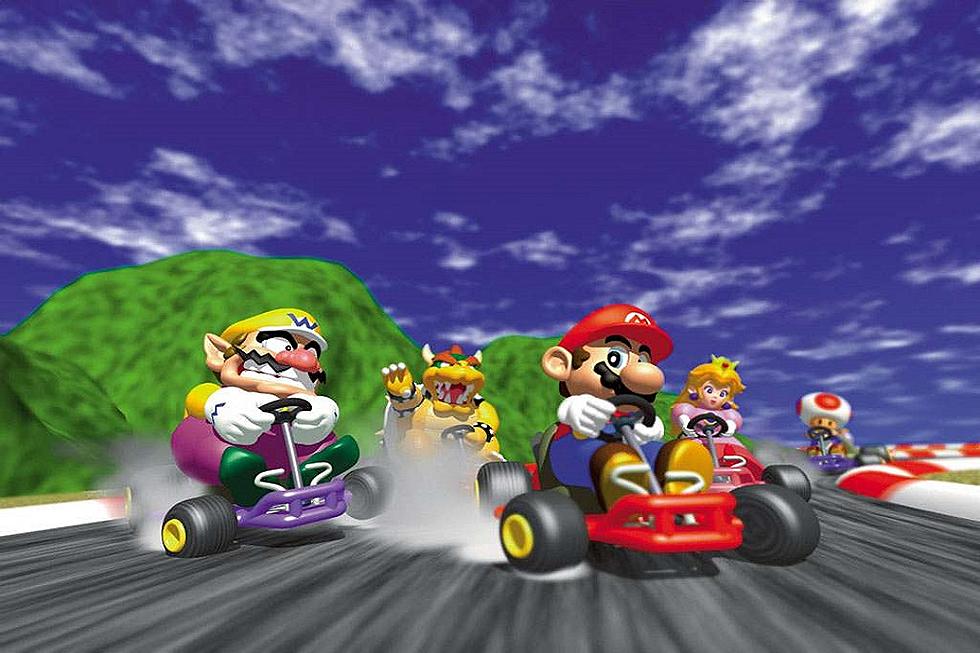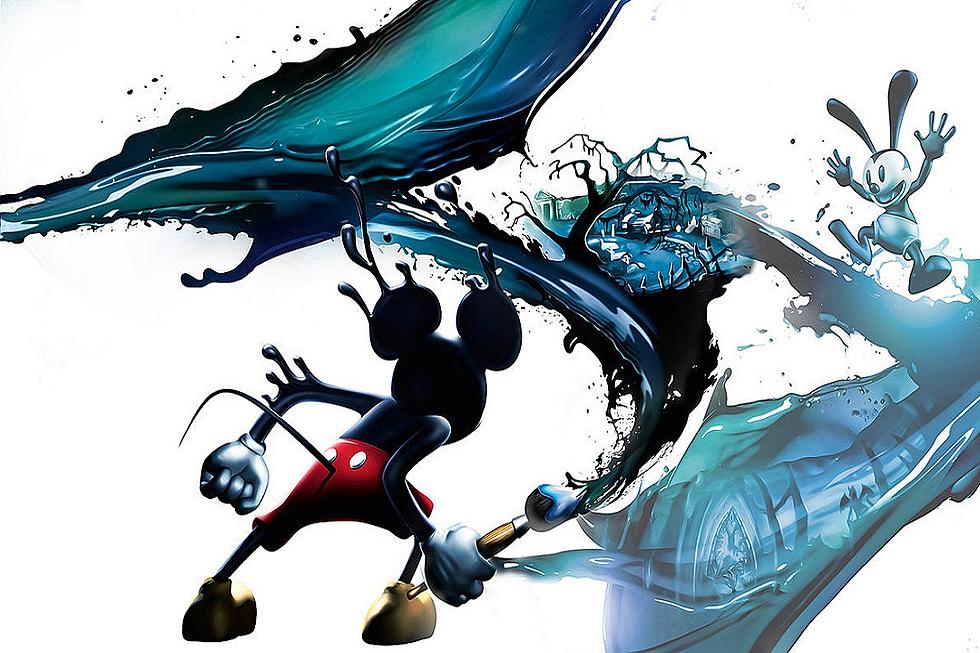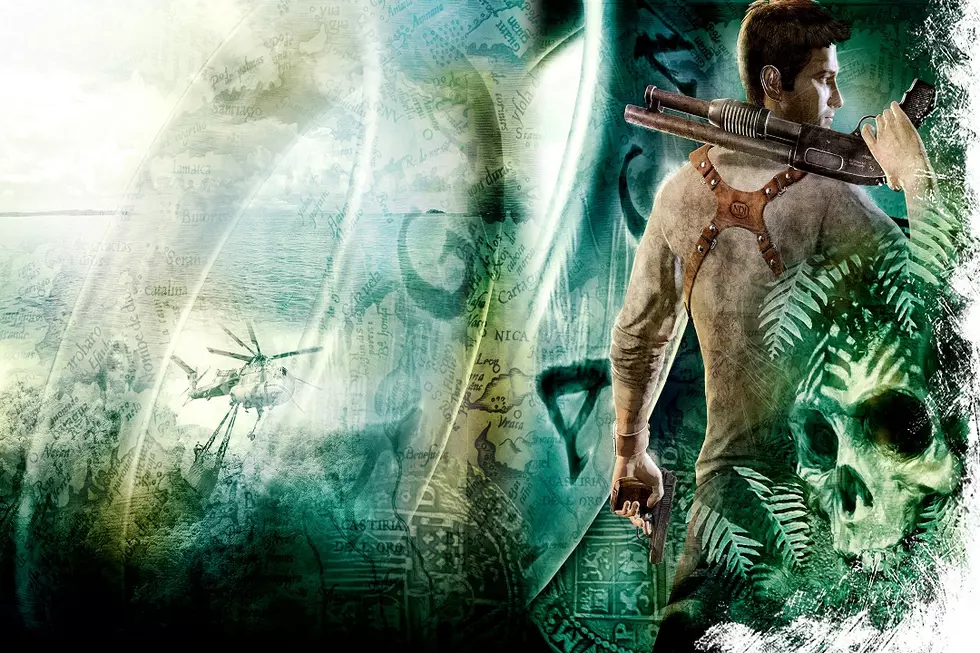
Eating Power Pellets and Allowances: A Celebration of Pac-Man
When you see it, you know it and even if you don’t play video games at all, you recognize it. Its presence has been felt the world around in arcades, bars, restaurants, home collections, and even museums and it is the source material for more bootlegs and clones than arguably any other video game. Pac-Man needs little introduction, but to say the cute little yellow power-pellet munching puck flipped video games on their head and would be appropriate, yet come nowhere close to capturing the full effect of the game. How many allowances have been spent on being chased by and chasing four heart-palpitating ghosts for every last point possible? How much time has been spent on formulating the perfect strategy to gather the most points before the well-known kill screen? Pac-Man is nothing short of legendary, and today we celebrate its arrival in arcades for what would be a long and incredibly successful career.
Pac-Man’s story is a humble one that begins in 1979. Toru Iwatani was a young employee at Namco that lead up a new arcade project. At this time in Japan, few women were attracted to arcades and the games, which were largely shooter-esque affairs like Space Invaders. In a 2011 article at CNBC.com, Iwatani admitted that the initial goal was to create a game that would attract a female and family demographic to the “playground for boys”. To this end, Iwatani’s team created a bright and colorful maze runner centered around cute ghosts and a happy little puck.
Indeed, the circular shape of Pac-Man has several stories behind it. The common story Iwatani gave out was that Pac-Man’s design and concept were spawned from the shape of a pizza with a slice missing, but later on, Iwatani would admit that another part of the character design would come from a modification of the Japanese character kuchi (口), appropriately meaning "mouth". The theme of eating pellets and fruits, as well as the colorful ghosts and some amusing cutscenes between levels all worked to give Pac-Man a much more lighthearted presence among other games of the time.
Pac-Man’s name also had a few stories behind it. Tying into the theme of eating, along with much of the rest of the character’s design, Pac-Man was originally named Pakkuman after the Japanese onomatopoeia of “paku-paku” which is used to describing the sound of a mouth opening and closing. When brought over to America by Midway, the game was originally renamed to Puck Man. However, realizing that this might be too easily vandalized into a widespread expletive, executives chose the name that would become the legacy: Pac-Man.
Pac-Man is centered around an easy to follow, difficult to master concept. Players control Pac-Man through a maze as he gobbles pellets and avoids the four ghosts that slowly come out of their confinement to chase him. Pac-Man can get points by eating pellets, eating bonus fruit, and collecting power pellets, which then allow him to eat the ghosts for bonus points. Each ghost chases Pac-Man with a specific method, but Pac-Man can additionally use a path in the maze to loop from the left side of the maze to the right and vice versa. As the player progresses through levels, ghosts get faster and the time that they’ll spend vulnerable after Pac-Man eats a power pellet. The game was supposed to be infinitely running as long as the player had extra lives to keep playing, but an infamous “Kill Screen” bug in the game’s coding makes the 255th level impassable and therefore makes the possible highest score of the game finite.
Far beyond the scope of the original goal for Pac-Man, the game is widely considered to be one of the most successful arcades of all time. It created a new genre of gaming all on its own. According to an excerpt from the book America in the 1980s by Marlene Targ Brill, Pac-Man had sold over $1 billion in arcade cabinets a mere eighteen months after its original release. Estimates of billions of dollars more would come in the form of quarters before the end of the 20th century. Pac-Man has been remade, re-adapted, and copied in bootlegs and clones more than perhaps any other game in existence as Namco and other publishers aimed to copy its success on numerous arcade machines, computers and home consoles. Decades later, there’s no denying the legacy of the game that aimed to turn the video game industry into a party where everyone could join in.
More From Arcade Sushi









